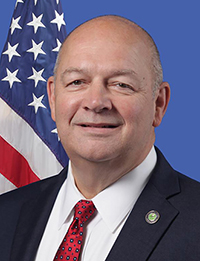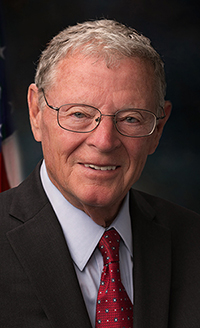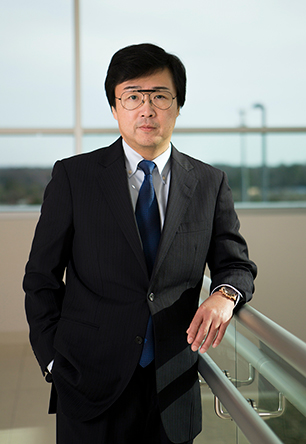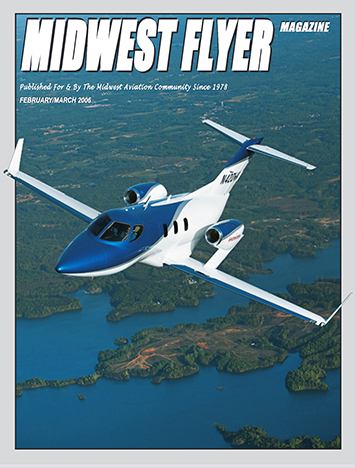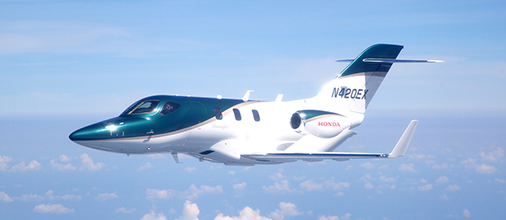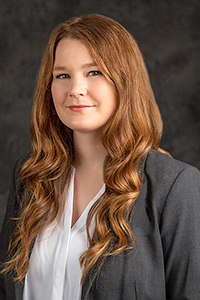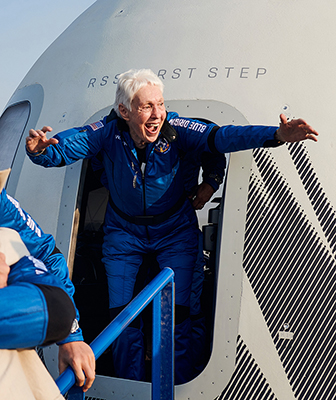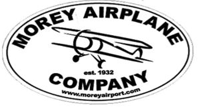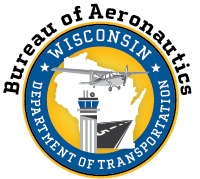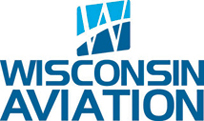by Rick Braunig
Published in Midwest Flyer Magazine April/May 2022 online issue.
Every once in a while, I feel like I can see into the future and then I think about predictions that failed to materialize like the Small Aircraft Transportation System (SATS) that NASA was promoting. SATS was supposed to reduce the spoke-to-hub-to-spoke flights by going directly from one spoke to another, turning two flights into one and reducing traffic at the hubs that were reaching full capacity at the time. You can still find information about it online.
Then there is the boom in Light Sport Aircraft (LSA) that was supposed to make personal aircraft affordable. The FAA created a new category of aircraft and a new certification process to reduce the costs of bringing these aircraft into the market. It was predicted these new aircraft would be filling our skies. I was involved in writing new rules in Minnesota to support the development of LSA airports with shorter runways and smaller surfaces so that these aircraft would have places to hangar that allowed them to avoid the traffic mix at existing airports. Though no new LSA airports developed, I still believe it is better to prepare for possible future outcomes than to reacting to them later.
One interesting development is the growth in the “drone industry.” It’s been years now since the number of registered drones outgrew the number of registered manned aircraft. Now there are predictions of a growth in both the size and uses of drones. Companies have talked about delivering packages with drones for some time now and it appears the technology and the regulation is starting to catch up with that vision. The FAA is creating rules that allow for Beyond Visual Line of Sight (BVLOS) operation of drones that will allow drone operators to send their vehicles over the horizon. The technology has been developed to allow them to fly autonomously (without a pilot controlling their course) and a system of unmanned air traffic management (UTM) is being developed. This is amazing, considering the technical challenges. See and avoid is now sense and avoid, and the UTM is not run by the FAA but provided by others called UAS Service Suppliers (USS).
Many pilots and airport operators think these drones need to avoid the airspace around airports, but with the adoption of Part 107 of the Federal Aviation Regulations (14 CFR Part 107), commercial drone operators were required to get a remote pilot certificate. Now remote pilots can fly around and over airports, unless there are airspace restrictions. Even then, there is an automated process for getting airspace clearance through Class B, C, D and surface E called LANCE (Low Altitude Authorization and Notification Capability), which provides near time clearance to drone operators. Recent changes now allow nighttime flights and flights over people, as long as the drone and operator meet specific requirements.
Where model aircraft and model rocketry were not recognized as aeronautical activities in the past, the FAA has treated drones as aircraft by requiring registration of the drones and licensing of pilots for all but recreational flyers. The case can then be made that they have a right to fly from public airports. Helicopters at airports have to avoid fixed-wing aircraft and in the Part 107 rules, drones are required to give way to all aircraft. There is nothing in the regulations that prohibit drones from operating at airports, and as they grow in size, airports may be the appropriate place for them to operate. For instance, fixed-wing drones used for missions such as pipeline patrol may require runways for takeoff and landing. Airport operators need to be ready for the inclusion of drones into the airport environment.
Though there are likely to be examples of airports that have safely integrated drones, I don’t think it will be a case of one size fits all. Drones vary in their capabilities. Some can lift vertically like a helicopter, but others may require hundreds of feet for takeoff. Wingspans and tire sizes are likely to vary as well. Airports are not all the same either. Some have only one runway, some have more open space than others and then there is the mix of aircraft speeds and the level of activity at the airport. The knowledge level of the pilots, both manned and unmanned, will also be a factor as both become familiar with the operational characteristics of the other.
Drones are growing in size, and in some other countries, they are already being used to transport people which is currently referred to as Advanced Air Mobility (AAM). The technology and the rules for carrying passengers in the U.S. are currently being developed and they too are moving forward at a remarkable pace. Several manufacturers have developed the vehicles including companies like Airbus and they continue to refine both the vehicles and the business models for their use. Right now, they are limited to two to four passengers traveling short distances, most using vertical takeoff and landing much like helicopters. There is a plan to use these vehicles in Los Angeles for the 2028 Olympics. Places like L.A. and New York already have heliports in the community which is a good foundation for the introduction of AAM.
Currently small drones (under 55 pounds) are restricted to altitudes below 400 feet or within 400 feet of a tall structure, but that is also being challenged. Work is underway to develop the technology that allows drones to operate in all airspace, interacting with air traffic control, just as a manned aircraft does.
This really does feel like predicting the future and that future may not come, but I think it is wise to make preparations.
Are we prepared for the integration of drones at our airports? Airports and heliports have airspace requirements for the safety of the aircraft and the surrounding environment. Though currently small drones takeoff anywhere, what safety requirements will be needed at launch sites as they grow in size and weight to protect the public? Who should develop those standards and how will they be enforced?
My questions come from decades of work in aviation and with airports at the state level. Don’t misunderstand me… I wouldn’t stop the growth in the drone industry if I could. The technologies being developed will improve safety for all of aviation. In an industry where weight is so important, the drone industry has developed smaller and lighter radars, and advanced the capabilities of electric motors. We see small aircraft manufacturers incorporating auto-land technology and Bell is developing a helicopter with an electric tail rotor(s) that will make the aircraft lighter and quieter.
The future is hard to predict and sometimes predictions don’t turn into reality, but watching the technology develop and seeing the FAA moving at a speed faster than I’ve seen in my lifetime makes me think a change is coming. Having an awareness of what that change might look like helps us to prepare for it, whether we choose to champion it or to fight it. I like watching from the sidelines.
DISCLAIMER: The information contained in this column is the expressed opinion of the author only.
EDITOR’S NOTE: Rick Braunig has a degree in Aerospace Engineering and Mechanics from the University of Minnesota. Upon graduation he accepted a commission in the United States Navy and flew both airplanes and helicopters on active duty for 10 years. Rick continued in the Navy Reserves for another 17 years working in aircraft survivability and battle damage assessment. He retired from the service in 2007 at the rank of Captain. In 1990, Rick took a position with the Minnesota Department of Transportation (MnDOT) Office of Aeronautics, where he flew a Bonanza and King Air, compiling more than 7,000 hours over his career. He was a part of the FAA safety team that presented pilot safety seminars throughout Minnesota for a number of years starting in the late ‘90s. Prior to his retirement from MnDOT in 2021, Rick was the manager of the Aviation Safety and Enforcement Section. In this role, he trained and supervised the team responsible for the inspection and licensing of airports, heliports, and seaplane bases in the state. Rick lives with his wife, Kelly, in Woodbury, Minnesota.








